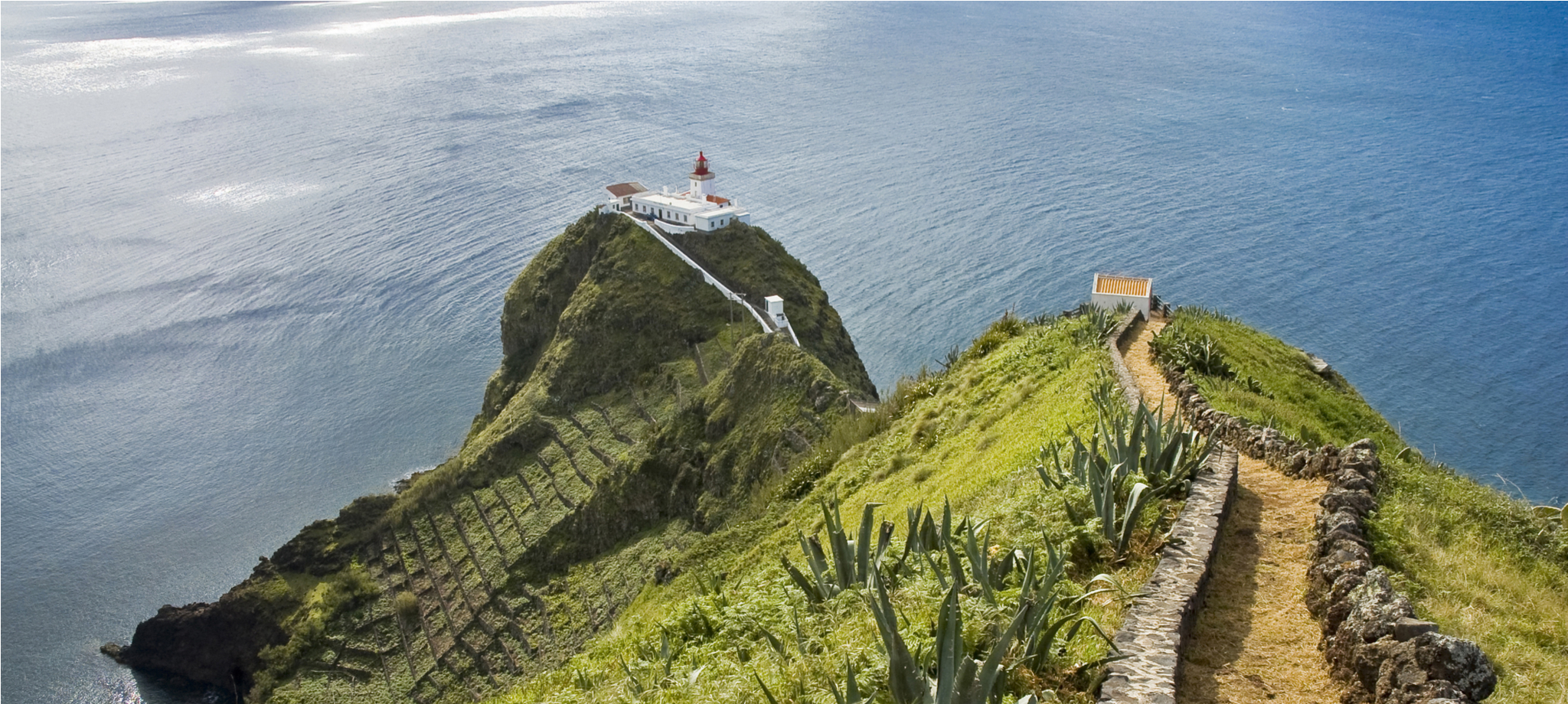The history of Flores Island, Azores
Flores Island, along with its smaller neighbor Corvo, is one of the westernmost points of the Azores archipelago and the European continent. Rich in history, the island has experienced periods of isolation, trade, and development, shaped by its remote location and connection to both Europe and the Americas.
Discovery and genealogy
The exact date of Flores Island’s discovery remains a topic of debate, but it is widely accepted that it was discovered after the other seven islands of the Azores. Historical accounts attribute the sighting of Flores to Diogo de Teive and his son in 1452. The island was initially named São Tomás or Santa Iria, but its name was soon changed to Flores due to the abundance of wildflowers that covered its surface. The origin of these flowers is believed to be tied to migratory birds from Florida, which possibly carried seeds on their feathers.
Flemish influence in the history and early settlers
The first known settler of Flores was Wilhem van der Haagen, a Flemish nobleman who arrived during the 15th century. Known in Portuguese as Guilherme da Silveira, van der Haagen attempted to cultivate the island. However, due to Flores’ isolation and the difficulty in exporting valuable goods, such as woad (a dye-yielding plant), he eventually left for São Jorge Island. Despite this early departure, Flores continued to attract settlers, primarily farmers from mainland Portugal during the 16th century, who laid the foundations of the island’s agricultural economy.
The early towns of Lajes and Santa Cruz were granted town charters, marking the beginning of Flores’ structured development.
Centuries of isolation and occasional piracy
For centuries, Flores Island remained largely isolated from the rest of the archipelago and Europe. Its remote location and limited resources made it a difficult place for sustained trade. Rare visits from cargo ships, particularly from Faial and Terceira, helped supply the island’s inhabitants with essential goods, including wool, linen, and other imports in exchange for locally produced items such as honey, butter, smoked meats, and sperm whale oil.
The island’s isolation, however, did not shield it from the threat of piracy. In 1587, English privateers attacked and looted Flores, a common occurrence in the Azores during that time. According to local legend, one pirate even took refuge in the Enxareus Grotto, a large sea cave on the island’s coast.
Whaling era and american influence
Flores played a significant role in the whaling industry, which flourished in the Azores from the mid-18th century until the late 19th century. American whaling ships frequented the waters around the Azores, hunting sperm whales and often stopping at Flores to recruit skilled harpooners and sailors. These recruits were highly sought after and contributed significantly to the American whaling fleet. Many of these men, after years at sea, returned to Flores with newfound skills and stories, helping to shape the island’s maritime culture.
Among the notable vessels was the “Wanderer,” a beautifully crafted American whaler, which operated until 1924 and left a lasting impression on the region’s whaling history.
Agriculture and modernization
Despite the island’s isolation, agriculture and stockbreeding became central to Flores’ economy. Over time, settlers successfully cultivated wheat, barley, maize, vegetables, and archil, a type of lichen used in dyeing. This development laid the groundwork for the island’s growth and its integration into broader Azorean trade networks.
By the 20th century, the construction of improved port facilities and airports helped break Flores’ historical isolation. These improvements opened new trade routes and travel opportunities, making the island more accessible to both goods and people. Additionally, the establishment of a French satellite tracking station in Flores in the 1960s further enhanced the island’s strategic importance.
Today, Flores continues to balance its agricultural roots with modern infrastructure, maintaining its cultural heritage while welcoming new opportunities for progress.
Altough small, there is so much to see and do on this beautiful island! Enjoy it with the locals, check out our tour packages.
